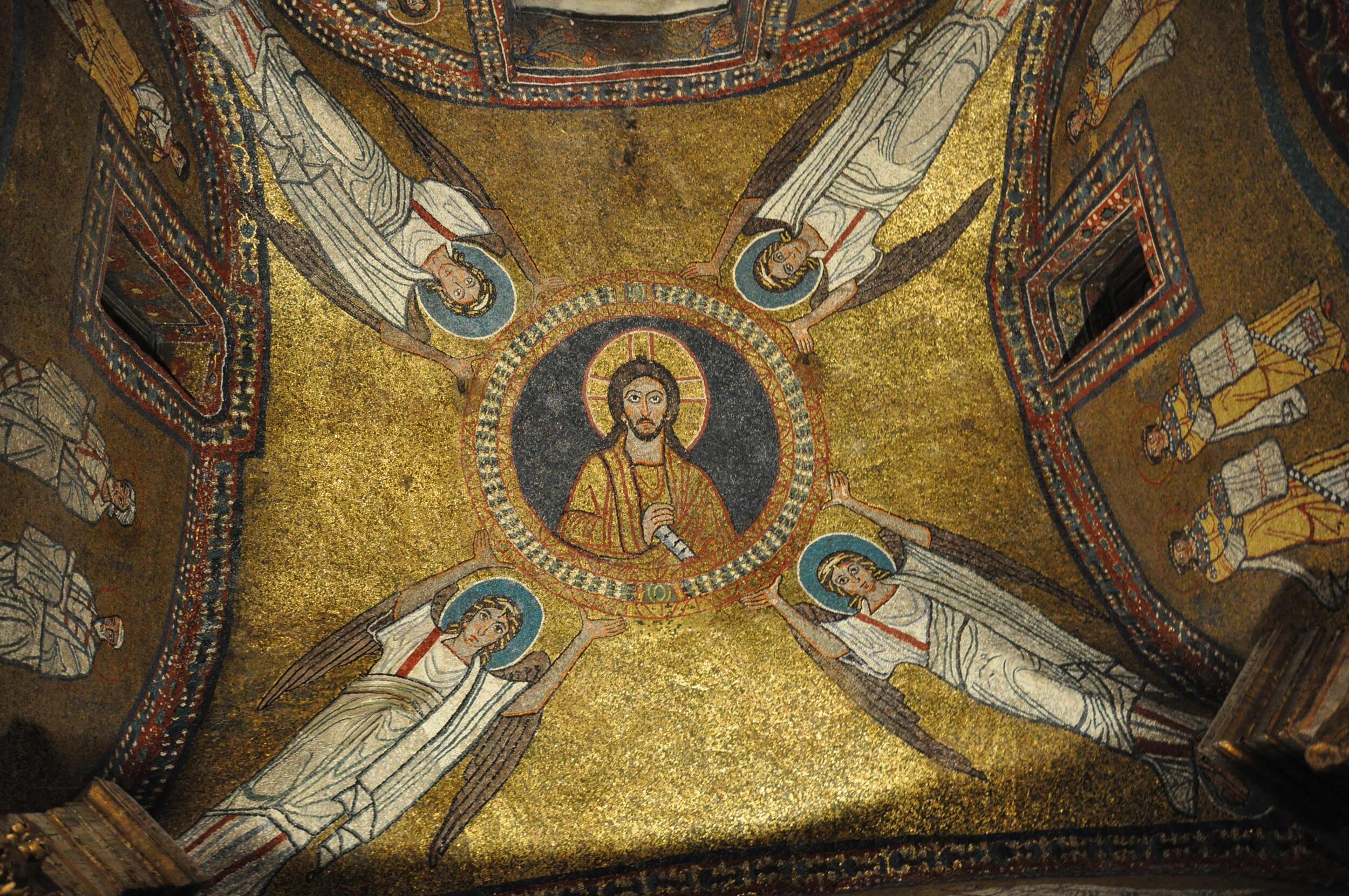
Resident Theologian
About the Blog
Evangelical gentrification
An analogy that helps to clarify the nature of the evangelical absorption of Churches of Christ.
Last month at the Christian Scholars’ Conference I gave a response to a set of papers addressing the future of catechesis in Churches of Christ. These papers doubled as a response to my article, published last year in Restoration Quarterly, on the catholic past and evangelical future of Churches of Christ. One recurring challenge in attempting to make myself understood is what it means to talk about “the end” of Churches of Christ. Since no one knows the future, even if a given institution appears to be in statistical, numerical, or demographic terminal decline, there is understandable hesitancy about signing on to confident claims about present trend lines persisting unchanged. There’s also a certain unspiritual resignation bound up with such claims that rightly worries any believer in providence.
So in my paper I attempted to clarify what I meant. Here’s what I wrote:
There are two kinds of institutional death. One is to go out of existence altogether. Another is for one’s identity to be changed so thoroughly that, while the literal entity in question is numerically identical, it is no longer what it once was. There are positive and negative versions of this. One is adoption: I was the child of so-and-so; now I am the child of another. Or perhaps religious conversion: I was raised Hindu, but now I’m Muslim. Or think of countries: France is now in its fifth republic, which began in 1958. It is not the first republic that was dissolved under Napoleon, nor the third, which ended with World War II. Yet the country still goes by the name of France. Finally, consider gentrification. Take an inner-city neighborhood whose long-standing population is replaced slowly, then all at once, by upper-middle-class professionals who drive up housing costs. Eventually all the locals move away. Technically it is the same neighborhood: it is the same physical plot of land. But the look, feel, and makeup of residents are utterly different. Those who were replaced would not recognize what it has become. Indeed, they would reject it.
It is this second kind of change that I was trying to unpack in my article. Whether you call it institutional death or evangelical gentrification, the reality is the same. The external bulwarks that protected identity and the internal mechanisms that reinforced identity were both so profoundly weakened that the transformation took place in basically a single generation. As the Boomers exit leadership roles, the starkness of the change will only become more evident.
With this analogy I felt, and feel, that I have at last made myself understood. The question is not whether, now or in the decades to come, there will be buildings with “Church of Christ” on the side, people within them, or Christians who care very much about that name or those buildings or what happens inside of them. It is that a fundamental transformation is occurring and has already occurred, analogous to gentrification of a neighborhood, whereby the character of an institution across time has recognizably and irrevocably altered.
In discussion of these matters, I’ll be referring to “evangelical gentrification” from here on out.
My latest: an essay and response in Restoration Quarterly
An overview of the latest issue of Restoration Quarterly, which is organized around and in response to an essay of mine on the past, present, and future of churches of Christ.
An essay of mine is featured in the latest issue of Restoration Quarterly (66:3). In fact, the entire issue is organized around it. Let me give a little back story.
Two years ago on the blog I wrote a series of reflections on the past, present, and future of churches of Christ. They got a lot of traction around this neck of the woods, and James Thompson, the editor of RQ, asked me to synthesize and elaborate the posts into a single essay. The result is called “Churches of Christ: Once Catholic, Now Evangelical” (pp. 133–44). It’s preceded by a brief reflection by Thompson on the “almost Catholic” ecclesiology of churches of Christ (pp. 129–32), then followed by three replies:
“A Response to Brad East” by Wendell Willis (pp. 145–51)
“Churches of Christ: Always Evangelical, Still Catholic” by John Mark Hicks (pp. 152–58)
“A Response to Brad East” by Paul Watson (pp. 159–62)
I in turn wrote a response to the responses (pp. 163–69). All around a good time was had by all. My response is followed by a proper scholarly article on the New Testament (authored, again, by Thompson), then book reviews. As it happens, a review of my own book, The Church’s Book: Theology of Scripture in Ecclesial Context, is the first of this section.
It sort of feels like the Brad East Issue. I’m honored, humbled, and a little embarrassed.
Nevertheless it was a pleasure to engage such serious and pressing issues in a public forum with such thoughtful and generous thinkers and churchmen. My only regret is that while RQ does have a website it doesn’t have an obvious or convenient way to access current issues online or in digital form. Back issues are catalogued in ATLA but this one won’t be there for a while, at least from what I can tell.
I’m not in a position to share the whole issue with folks, but if you email me, I’d be willing to share a PDF of my essay and response. I’ll be curious to hear what folks make of my case, both regarding the absorption of churches of Christ by and into American Evangelicalism and regarding the precipitous institutional decline of the movement. The tone of the pieces isn’t doom and gloom, but it is quite sober and, if readers take it seriously, sobering. Which it should be, if I’m right.